Have you ever watched your cat gaze out the window, tail flicking, as a bird flutters past? Now imagine your cat living in a calm, quiet home, free from the chaos of constant noise and interruptions. Here’s the surprising truth: emotional cats—those sensitive, expressive felines with big feelings—tend to form deeper, more meaningful bonds with their humans when they’re in homes with fewer distractions. It’s not just a theory. It’s a reality that’s changing the way we think about our relationships with these mysterious, marvelous creatures. Let’s dive into the world of emotional cats and discover why tranquility truly transforms their hearts.
Understanding Emotional Cats: More Than Just a Mood

Emotional cats aren’t your average aloof felines. These are the cats who seem to read your mind, sense your mood, and come running when you’re sad. They purr louder, snuggle closer, and react more strongly to changes in their environment. Unlike cats who are more independent, emotional cats crave genuine connection. They’re alert to every sound, every movement, and every shift of energy in a room. It’s almost as if they have a sixth sense for feelings. Living with an emotional cat can feel like having a furry little therapist by your side. But with this sensitivity comes vulnerability—these cats can easily become overwhelmed in hectic homes. That’s why understanding their emotional depth is the first step to helping them bond harder.
The Science Behind Cat Emotions

Recent research shows that cats are capable of complex emotions, not just basic instincts. Scientists have found that cats can recognize their owners’ voices, remember routines, and even mirror their humans’ moods. When exposed to loud noises or unpredictable environments, emotional cats may experience stress that disrupts their ability to bond. In calm, steady homes, their stress hormones drop, making them more open to affection. This scientific understanding helps us see why minimal distraction is not just a preference, but a need for these sensitive souls. It’s as if their hearts and minds can finally breathe, allowing them to trust and love more deeply.
What Makes a Home a Minimal Distraction Zone?

A minimal distraction home isn’t about sterile silence, but about balance. It’s a space where loud TVs, blaring music, and constant foot traffic are kept to a minimum. Think of soft lighting, gentle voices, and a steady routine. The absence of chaos gives emotional cats a sense of safety. Instead of darting under the bed at every loud bang, they learn to relax, explore, and seek out their favorite humans. This kind of environment is like a peaceful meadow for a cat’s mind—there’s room to stretch out, breathe, and connect.
How Distractions Disrupt Cat-Human Bonds
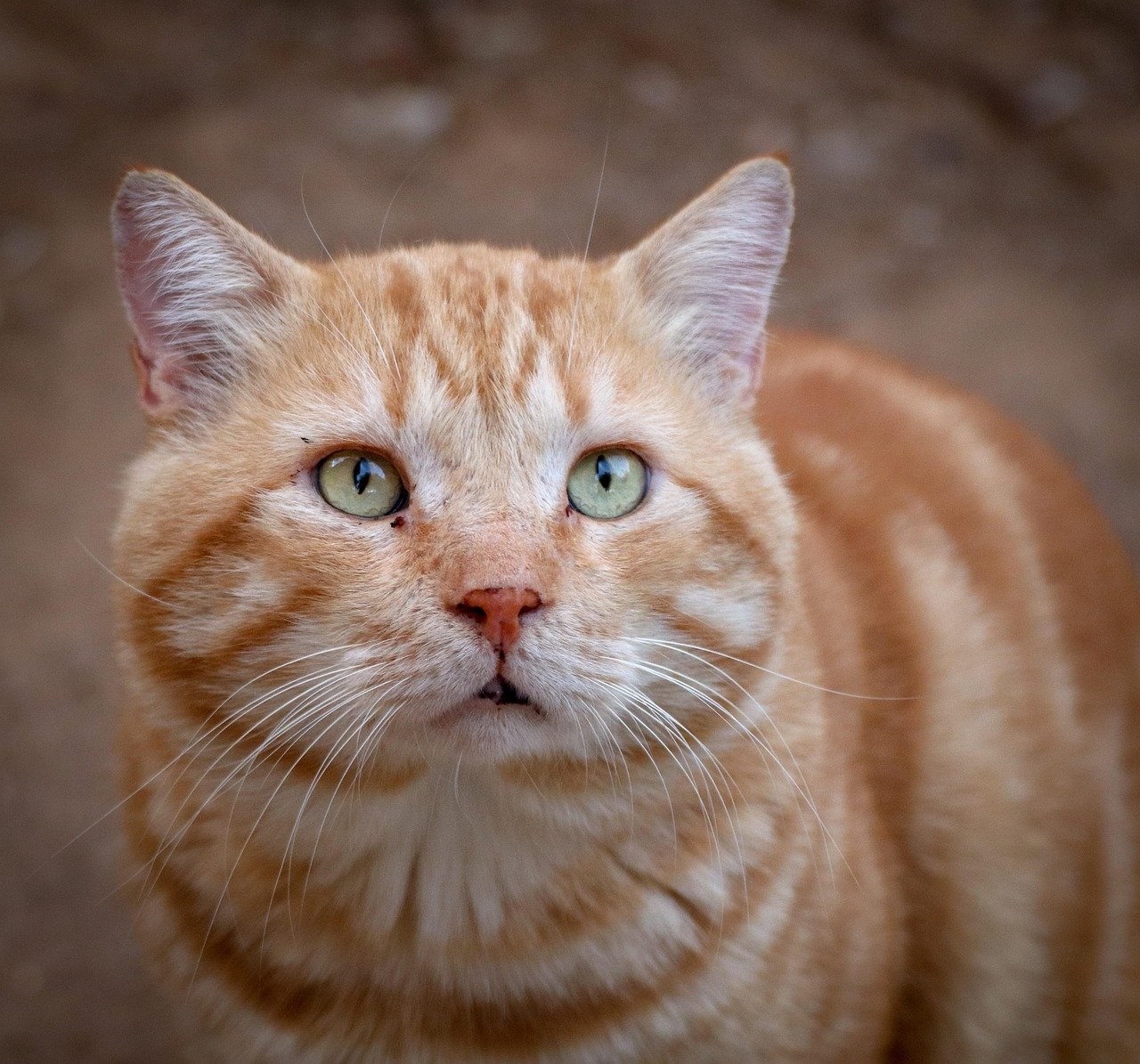
Too much stimulation can fray the delicate threads of trust between cats and people. Think of a child trying to learn in a noisy classroom; it’s no different for an emotional cat in a chaotic home. Constant interruptions, loud guests, or unpredictable activity keep these cats on edge. Their brains are wired to scan for danger, so when things never settle down, they stay in survival mode. This anxiety blocks the natural flow of affection and curiosity that leads to deeper bonds. It’s not that they don’t love you—it’s that they simply can’t relax enough to show it.
The Role of Routine and Predictability

Cats, especially emotional ones, thrive on routine. Knowing when they’ll be fed, when playtime happens, and when it’s time to cuddle gives them a sense of control. Predictability soothes their nerves and helps them feel secure. In a home that’s calm and organized, an emotional cat can anticipate positive interactions and look forward to them. This predictability allows for deeper trust and affection to blossom. A consistent environment is like a safety net for their sensitive hearts.
Why Quiet Moments Matter Most

Some of the most powerful bonding happens in the quietest moments. A gentle head bump while you’re reading, a soft purr as you stroke their fur—these subtle gestures speak volumes. For emotional cats, these peaceful interactions are the glue that holds your relationship together. Without the blare of distractions, both you and your cat can tune in to each other’s needs. It’s a silent conversation, an unspoken promise that you’re both present. These moments are precious, and they’re where the real magic happens.
Reducing Visual Clutter and Stress

It’s not just noise that can overwhelm emotional cats—visual clutter matters too. Bright screens, busy patterns, and constant movement can make it hard for your cat to relax. Simplifying your space, with cozy nooks and clear pathways, helps your cat feel safe. When their eyes aren’t darting from one distraction to another, their anxiety melts away. This calmness invites them to spend more time with you, seeking out your company instead of hiding. Sometimes, less really is more.
The Importance of Safe Spaces
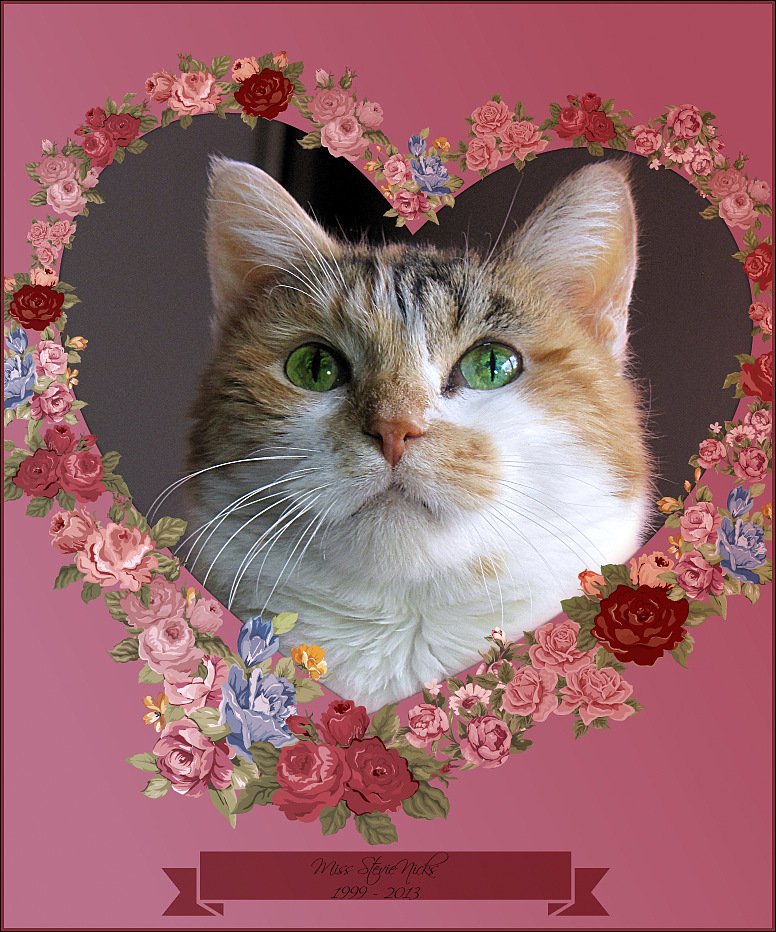
Every emotional cat needs a sanctuary—a spot that’s all their own. In a minimal distraction home, these safe spaces can be a window perch, a soft bed, or a quiet corner. Knowing they can retreat when things get overwhelming gives cats confidence. When they feel secure, they’re more likely to come out and interact. These hideaways are not just physical; they’re emotional lifelines. A cat that knows they can always find peace will trust you more deeply.
Human Attention: Quality Over Quantity
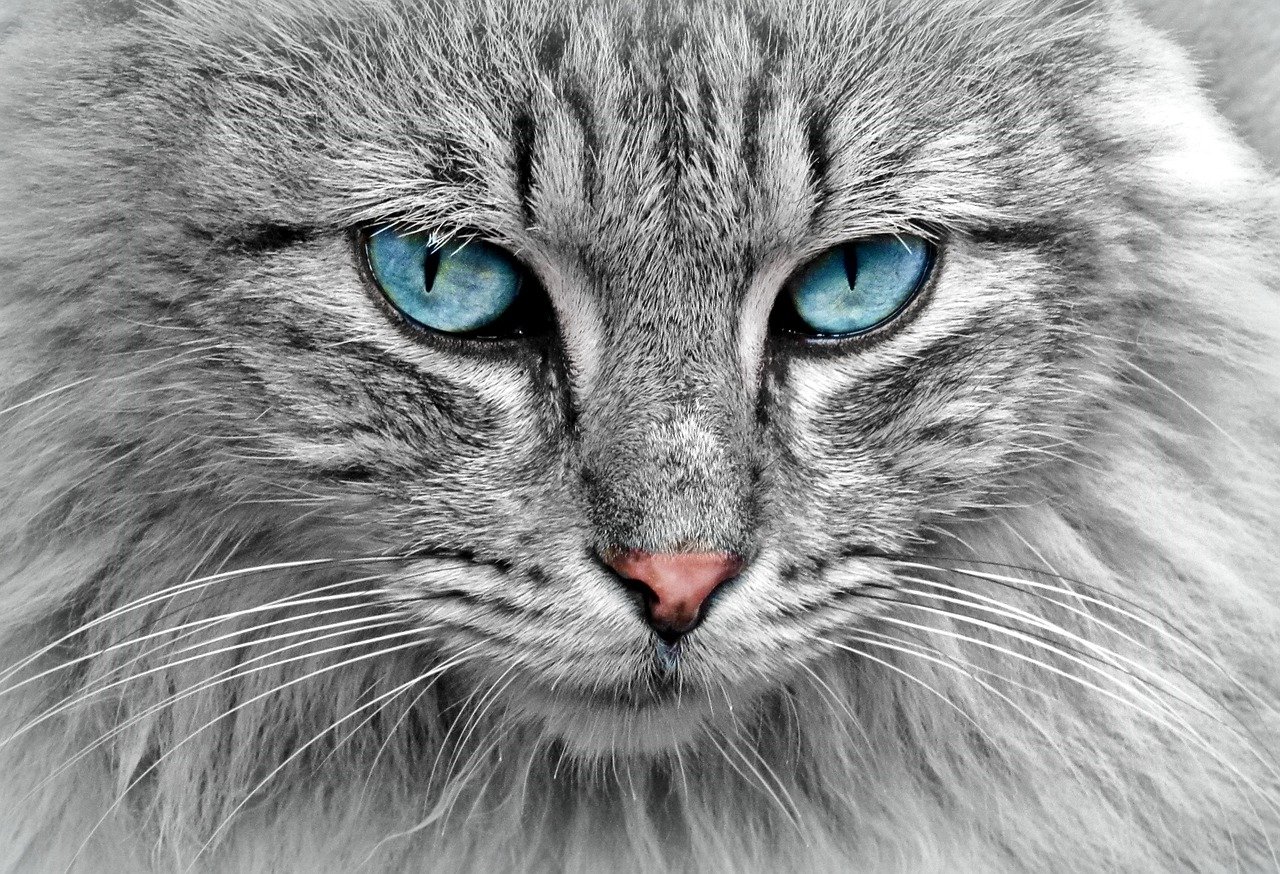
It’s easy to think that more time equals more bonding, but with emotional cats, it’s about quality. A few minutes of focused, distraction-free play or cuddling does more than hours of half-hearted attention while scrolling on your phone. Emotional cats sense when you’re truly present. When you give them your undivided attention, they respond with affection and trust. This focused time helps build a powerful, lasting connection that withstands the tests of daily life.
The Power of Gentle Voices
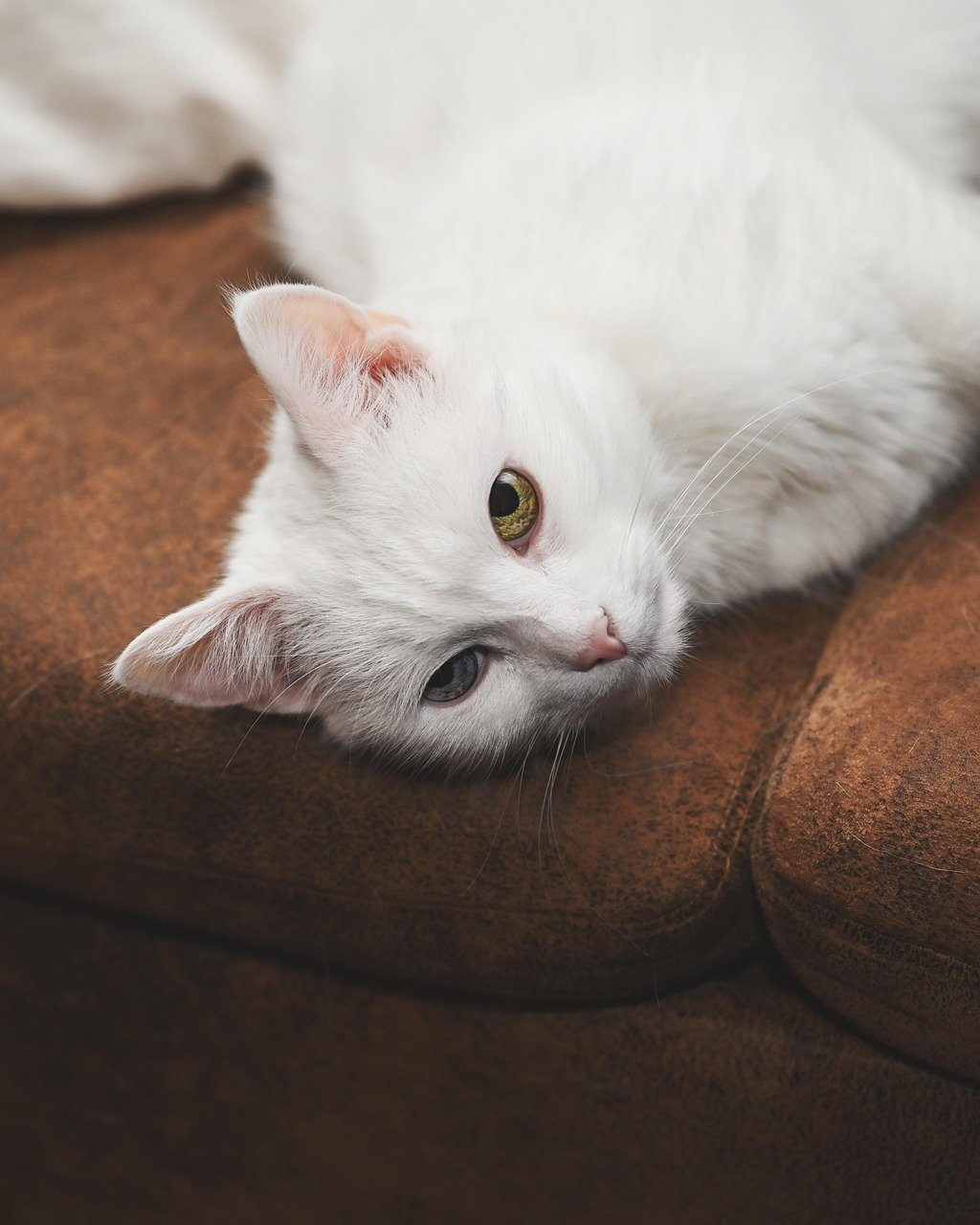
Cats have incredibly sensitive hearing. Loud voices or sharp tones can startle or even scare emotional cats. Speaking softly and calmly reassures them that everything is okay. A gentle voice is more than just pleasant background noise—it’s a signal of safety. This vocal kindness fosters trust and helps emotional cats open up. Over time, they’ll associate your voice with comfort, making them seek you out even more.
Minimizing Technological Distractions
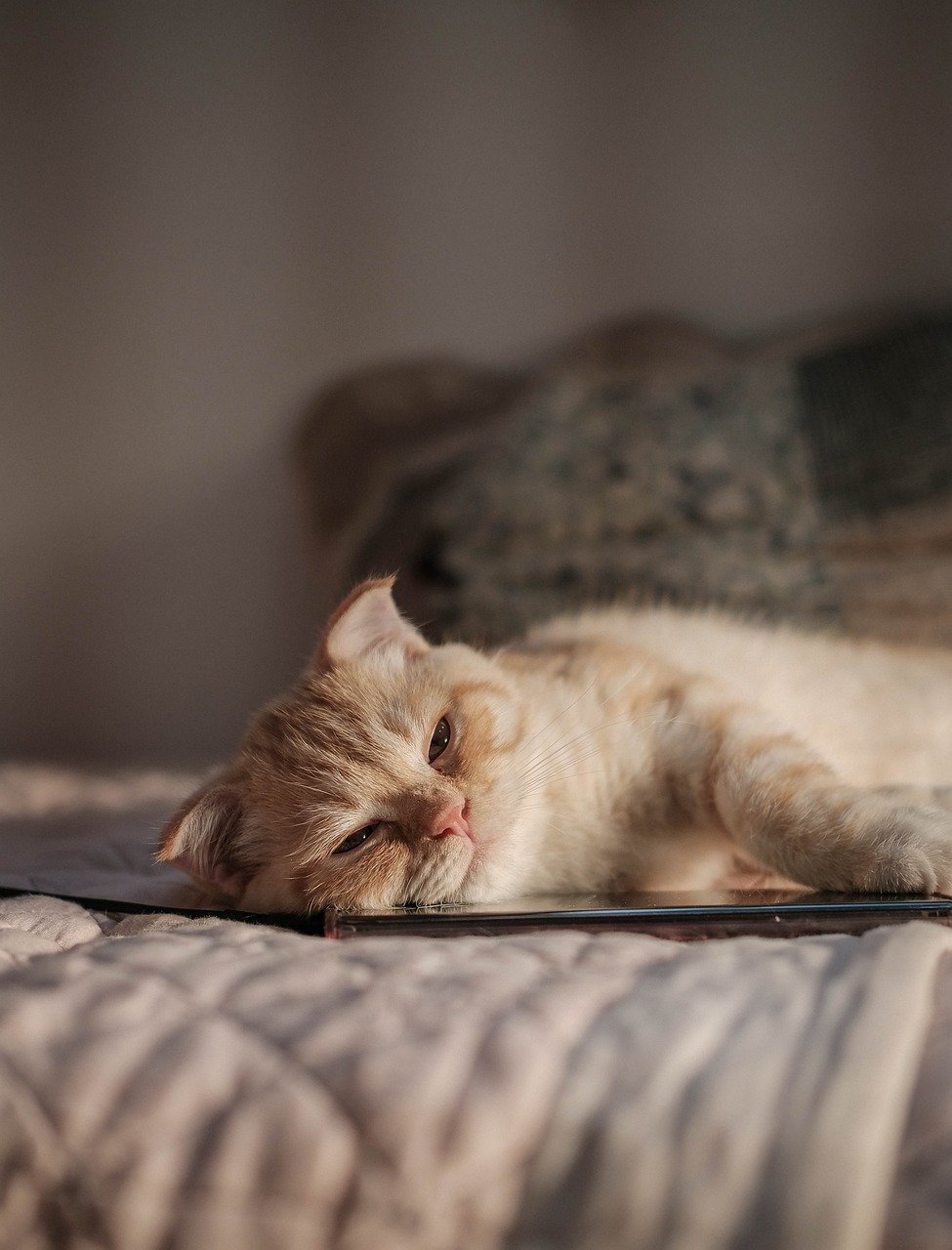
Phones buzzing, TVs blaring, and constant notifications can turn a home into a stress zone for cats. When technology takes center stage, cats compete for attention and may feel neglected. Setting aside tech-free time, especially during play or cuddle sessions, shows your cat they matter. Emotional cats, in particular, notice this shift and become more affectionate. It’s amazing how putting down your devices can create space for a deeper connection.
How Family Dynamics Influence Feline Bonds
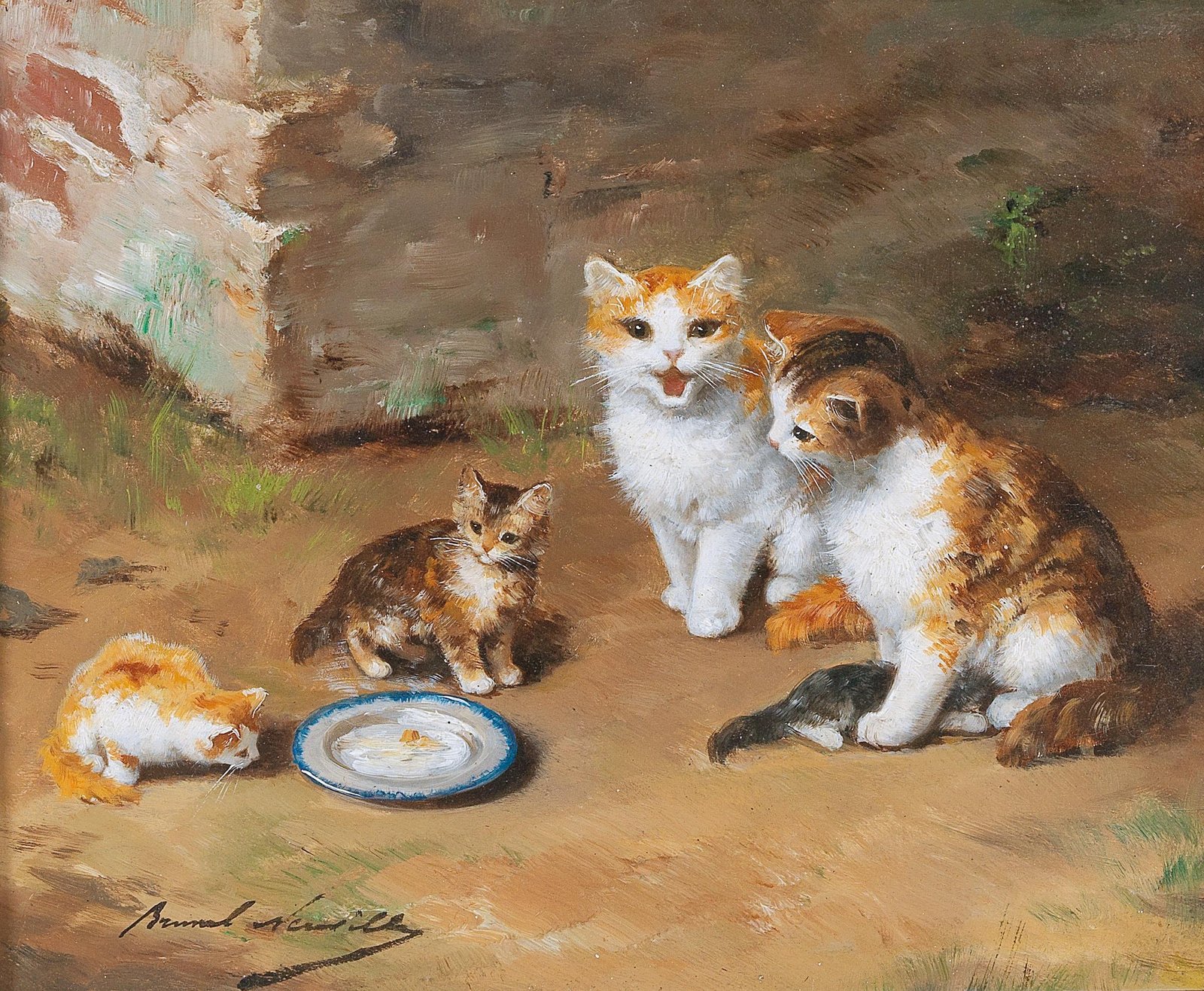
The number of people and their habits can greatly impact an emotional cat’s comfort. Homes with frequent visitors, shouting children, or unpredictable routines can overwhelm sensitive cats. A smaller, calmer household, or at least clearly defined quiet times, helps cats know what to expect. When the family respects a cat’s needs for peace, the kitty’s confidence grows. This respect is the foundation for a stronger, more loving bond.
The Impact of Other Pets in the Household

Living with other animals can be both a joy and a challenge for emotional cats. If other pets are boisterous or territorial, stress levels can soar. Minimal distraction homes often have well-managed introductions and clear boundaries. Giving each pet their own space and attention prevents rivalry and anxiety. When cats don’t feel threatened by other pets, they’re more likely to relax and bond with their humans.
Reading Cat Body Language in Calm Settings
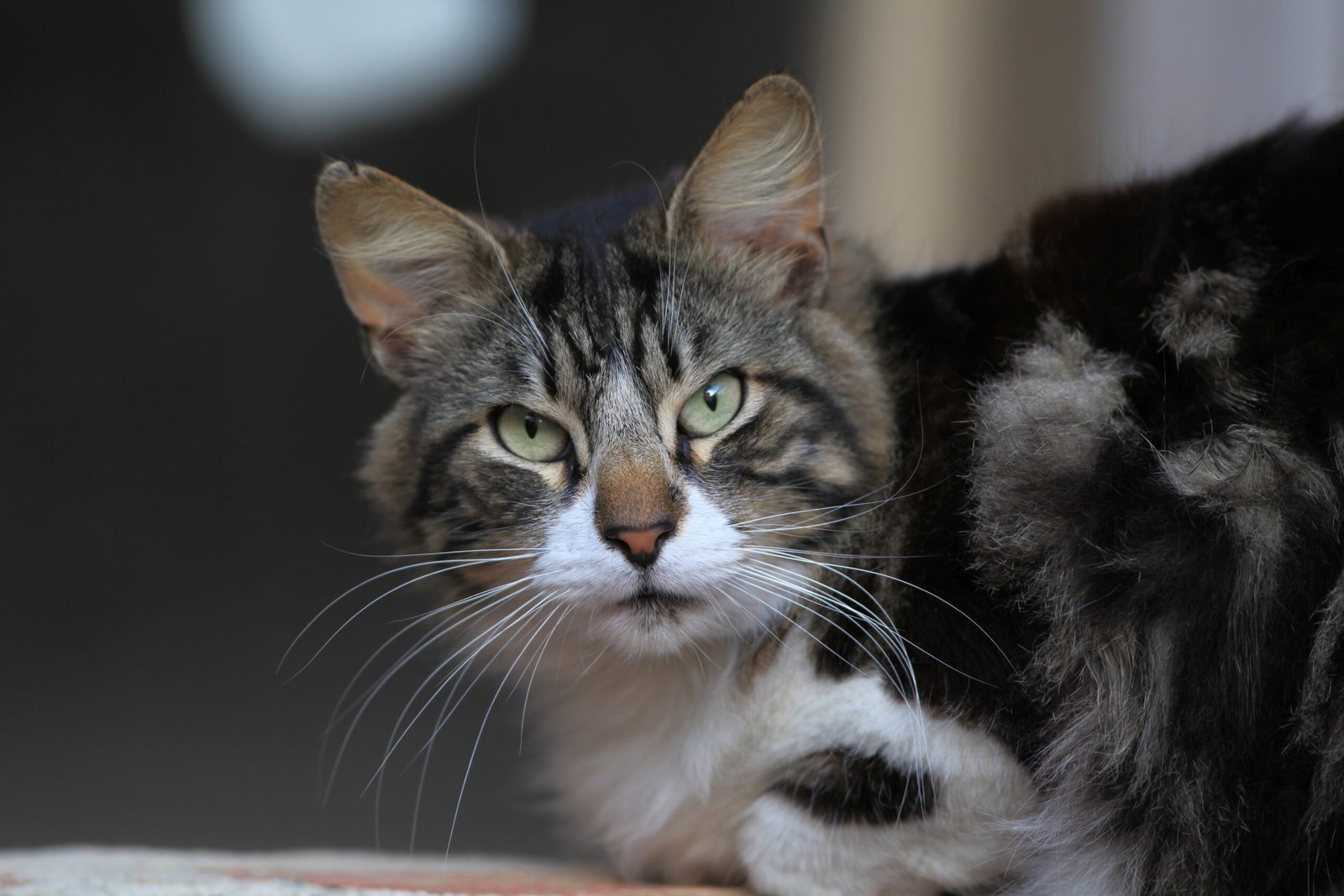
It’s easier to understand what your cat is feeling when the environment is peaceful. In a quiet home, subtle signals like slow blinking, relaxed ears, or soft kneading stand out. You can respond to these cues more effectively, deepening the bond. Emotional cats, in turn, learn that their signals are understood and respected. This two-way communication is essential for trust and closeness.
Playtime Without the Chaos
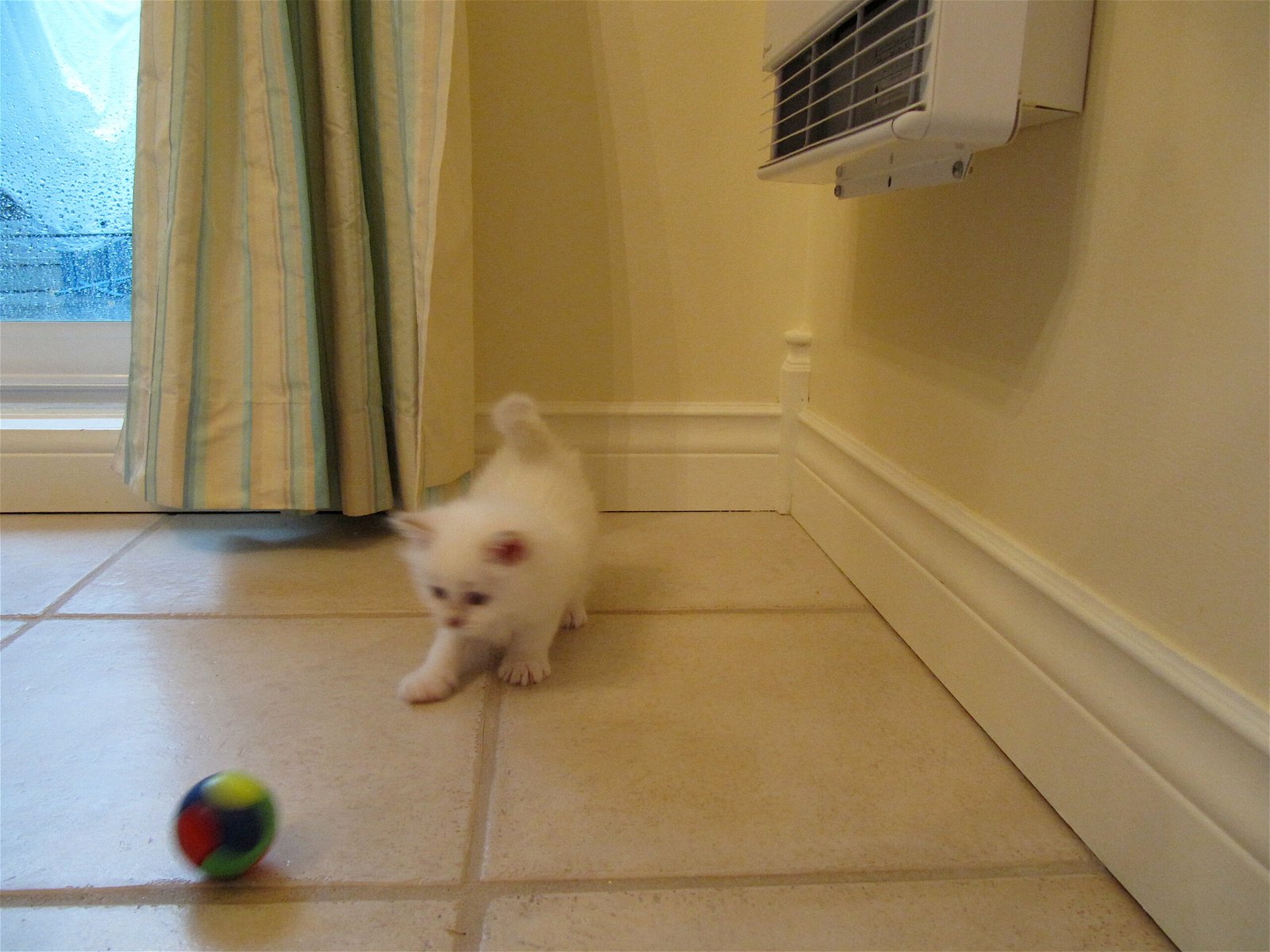
Play is crucial for cat happiness, but emotional cats prefer calm, focused sessions. Noisy toys or chaotic play can actually increase stress. Instead, simple games—like chasing a feather wand or gentle hide-and-seek—work wonders. These activities offer fun without overwhelm, giving your cat a chance to bond through positive, low-stress experiences. Every play session is another thread in the fabric of your relationship.
Recognizing the Signs of Overstimulation

It’s easy to miss the signs that your cat is overwhelmed—swishing tails, flattened ears, or sudden hiding. In a minimal distraction home, these signs are easier to spot and address. You can quickly change the environment or give your cat space, preventing stress from building up. Emotional cats especially need understanding when they reach their limit. Respecting these boundaries shows your cat they can trust you to protect their well-being.
The Magic of Shared Silence
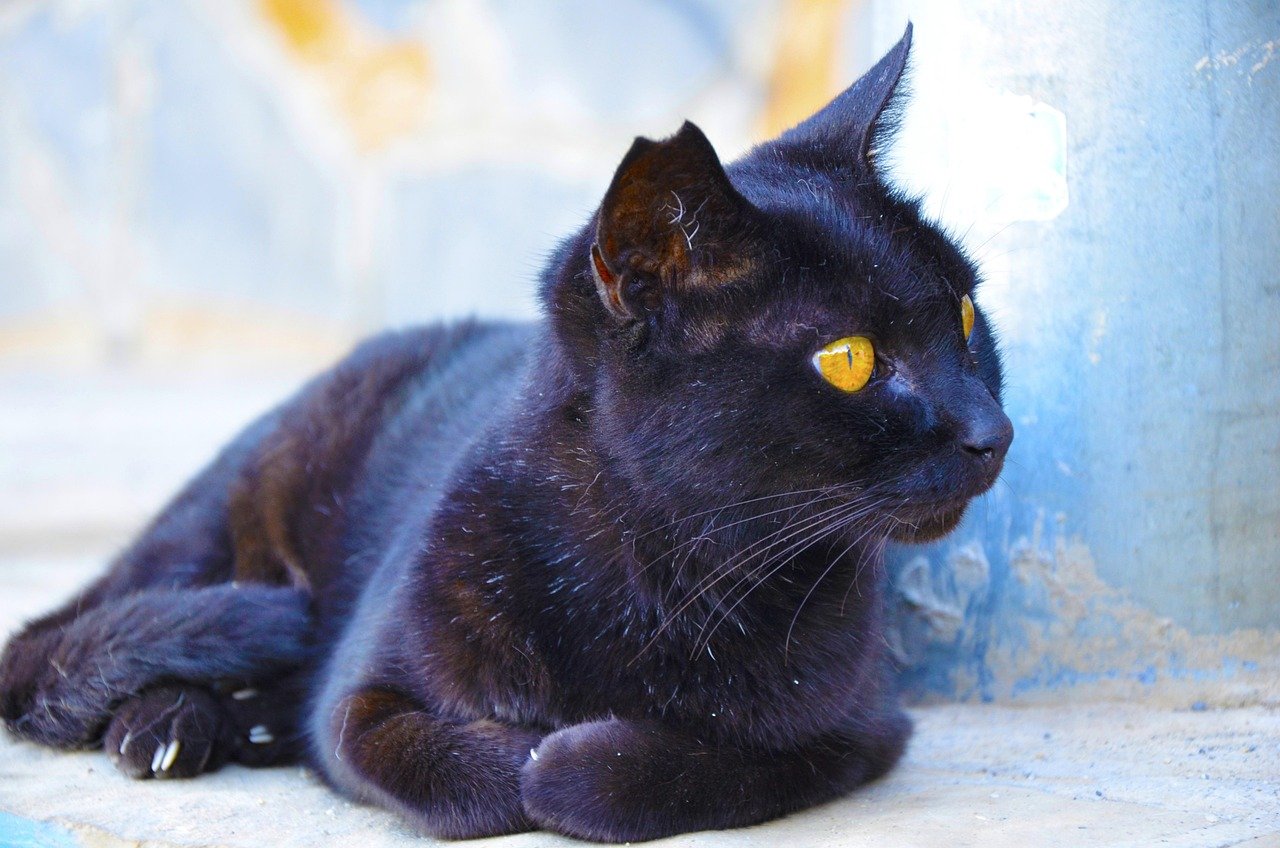
Some of the deepest connections are formed in silence. Sitting together in a sunbeam, listening to each other breathe—no words, no noise, just presence. Emotional cats thrive on this quiet companionship. It’s a bond built on mutual respect and comfort, a silent language stronger than words. These moments teach us that sometimes, love is best expressed through peaceful togetherness.
Creating Rituals of Connection

Rituals give emotional cats a sense of belonging. Whether it’s a special bedtime cuddle or a morning greeting by the window, these routines create shared memories. Minimal distraction homes make it easier to stick to these rituals without interruption. Over time, these rituals become anchors, grounding both you and your cat in a sea of calm. They’re the heartbeat of your relationship.
Nurturing Emotional Growth Over Time

Bonding with an emotional cat is a journey, not a destination. In minimal distraction homes, there’s room for growth and healing. Cats who once hid away may gradually become lap warmers or playful companions. Each small step—each purr, each nuzzle—is a victory. Patience, understanding, and a peaceful home environment are the keys to unlocking a cat’s full loving potential.
Celebrating the Unique Bond of Emotional Cats
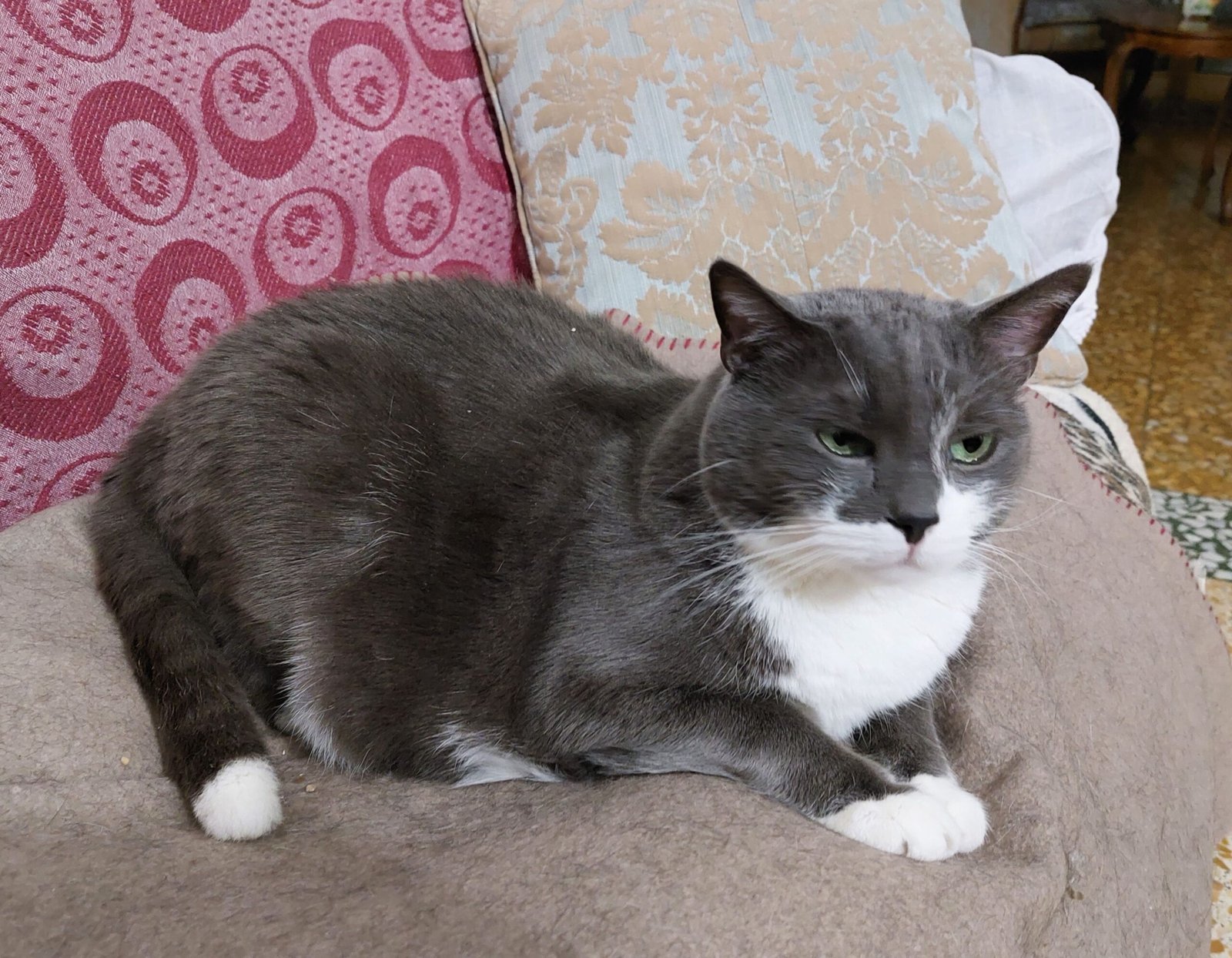
Emotional cats are special. Their deep feelings and expressive personalities make every day an adventure. When given the right environment—a home free from overwhelming distractions—they reward us with unmatched loyalty and affection. They teach us the power of quiet moments, the importance of gentle routines, and the beauty of simply being together. Isn’t it amazing what a little peace and understanding can do for the heart of a cat?
Hi, I’m Bola, a passionate writer and creative strategist with a knack for crafting compelling content that educates, inspires, and connects. Over the years, I’ve honed my skills across various writing fields, including content creation, copywriting, online course development, and video scriptwriting.
When I’m not at my desk, you’ll find me exploring new ideas, reading books, or brainstorming creative ways to solve challenges. I believe that words have the power to transform, and I’m here to help you leverage that power for success.
Thanks for stopping by, Keep coming to this website to checkout new articles form me. You’d always love it!






